Frida Kahlo was a Mexican painter known for her self-portraits and her depiction of the female experience. Born in 1907, she was the daughter of a German father and a Mexican mother. She grew up in Mexico City and began painting at a young age.
At the age of 18, Kahlo was involved in a serious bus accident that left her with several injuries, including a broken spine. She was in and out of hospitals for the rest of her life, and her physical pain and suffering were a major theme in her paintings.
Despite her health struggles, Kahlo was an incredibly productive artist. She began exhibiting her work in Mexico in the 1920s, and her first solo exhibition was held in Mexico City in 1953. Her paintings were well-received by critics, and she became an important figure in the Mexican art scene.
Kahlo’s paintings often depicted her own experiences and emotions, and many of them were self-portraits. She used vibrant colors and surreal elements to express the pain and suffering she experienced in her life.
One of her most famous painting is “The broken column” which is a self-portrait of her, depicting her spine broken and held together by a metal corset.
Kahlo’s art was also deeply political, and she was a member of the Mexican Communist Party. She and her husband, the muralist Diego Rivera, were active in leftist politics in Mexico and the United States.
Kahlo’s art and life continue to be celebrated and studied around the world. In recent years, her work has been the subject of numerous exhibitions, and her paintings have been acquired by major museums around the world. Her life and art have also been the subject of several books, films, and plays.
In conclusion, Frida Kahlo was a talented and influential painter who used her art to express her personal experiences, emotions, and political beliefs. Despite her physical struggles, she was incredibly productive and continues to be celebrated as an important figure in the art world.
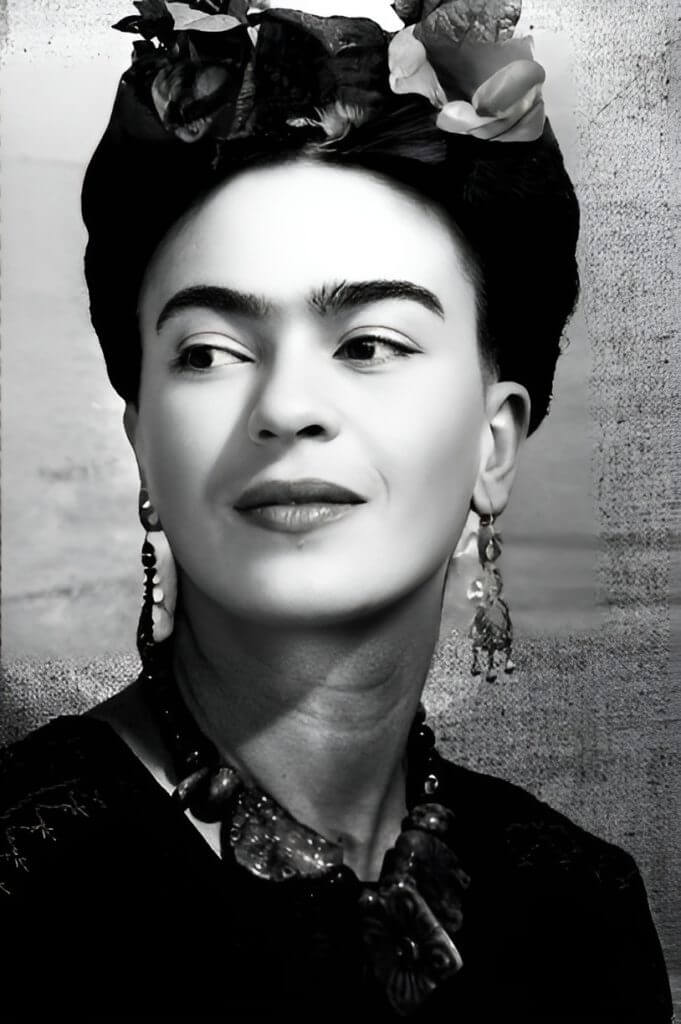
Frida Kahlo Portraits in HD
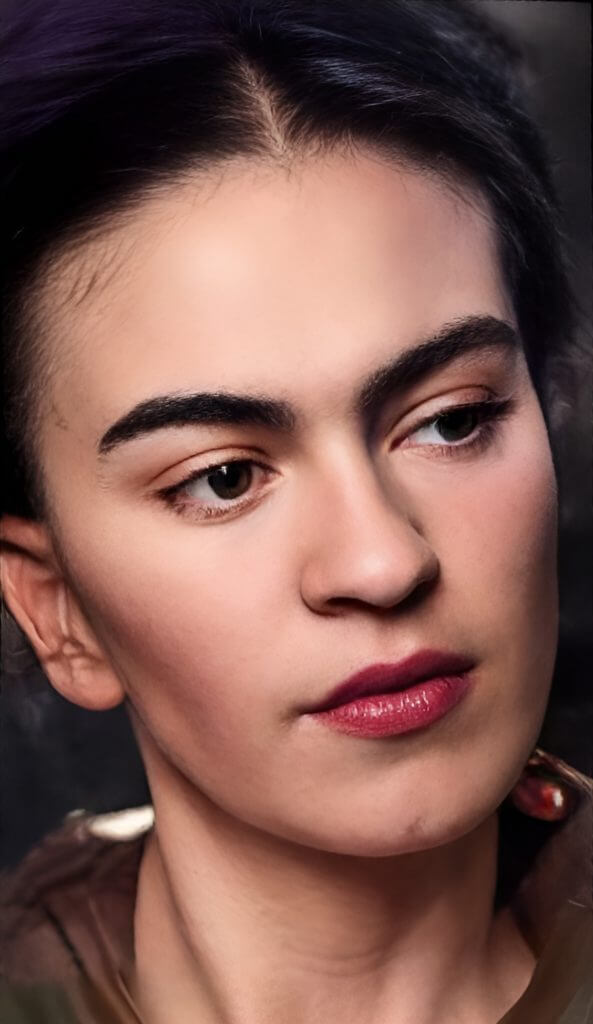
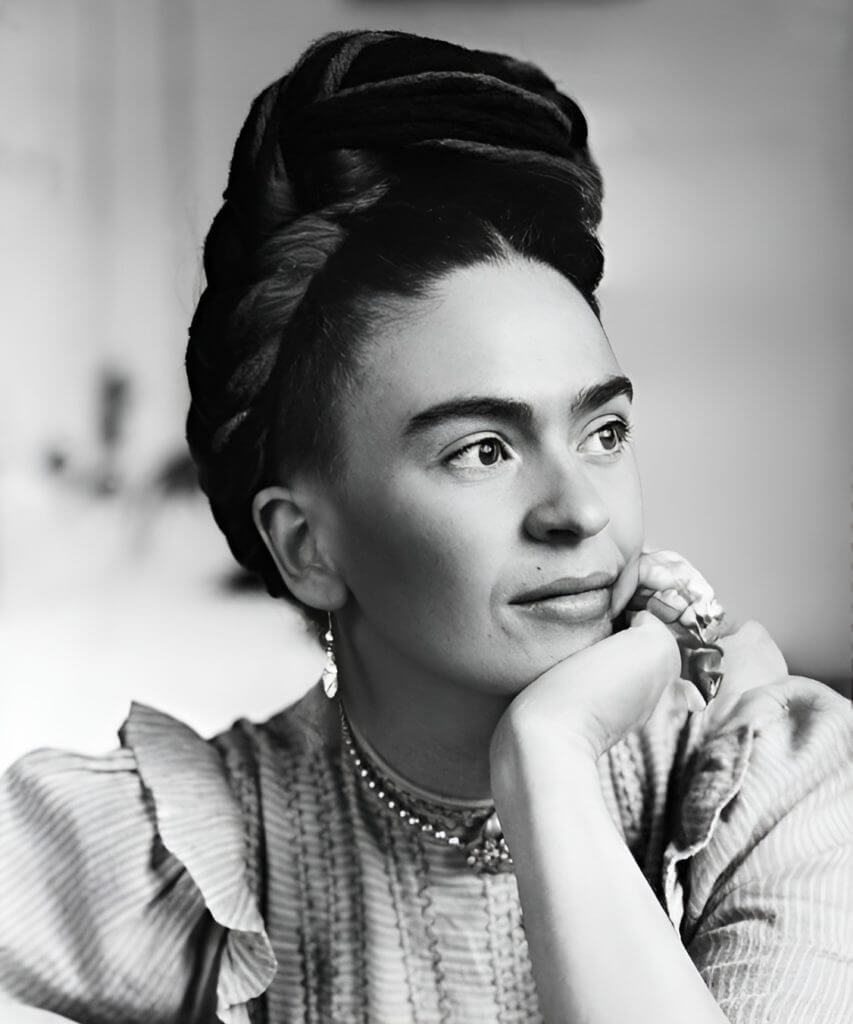
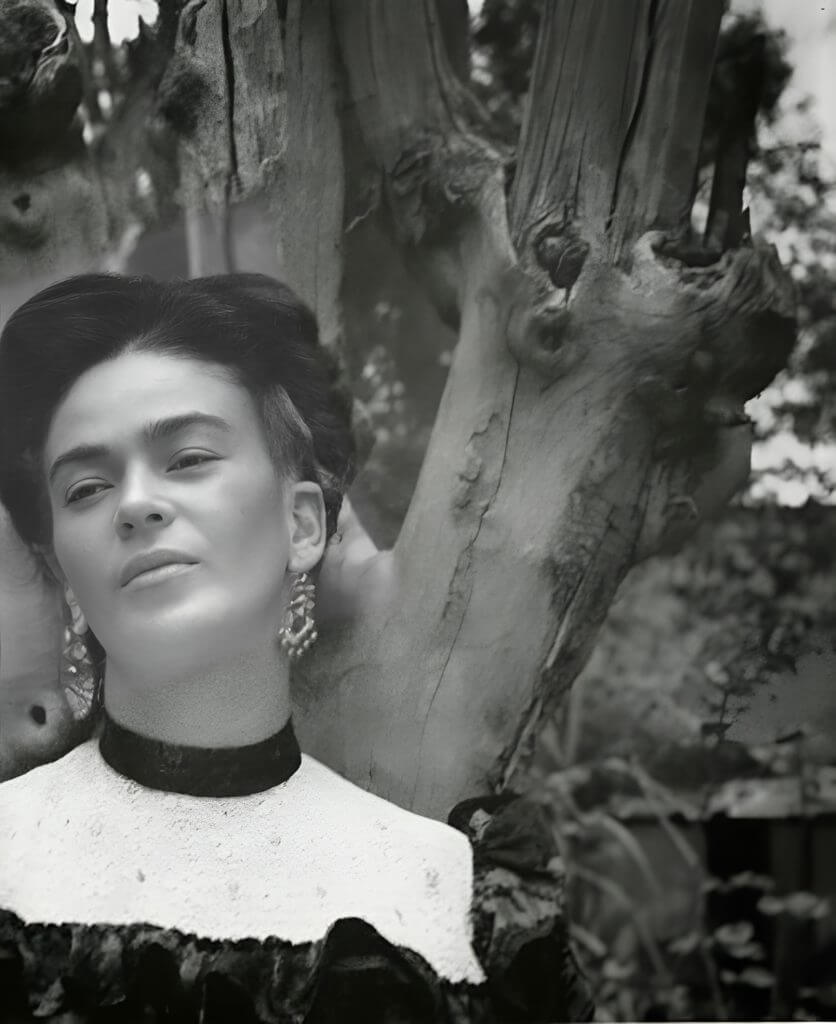
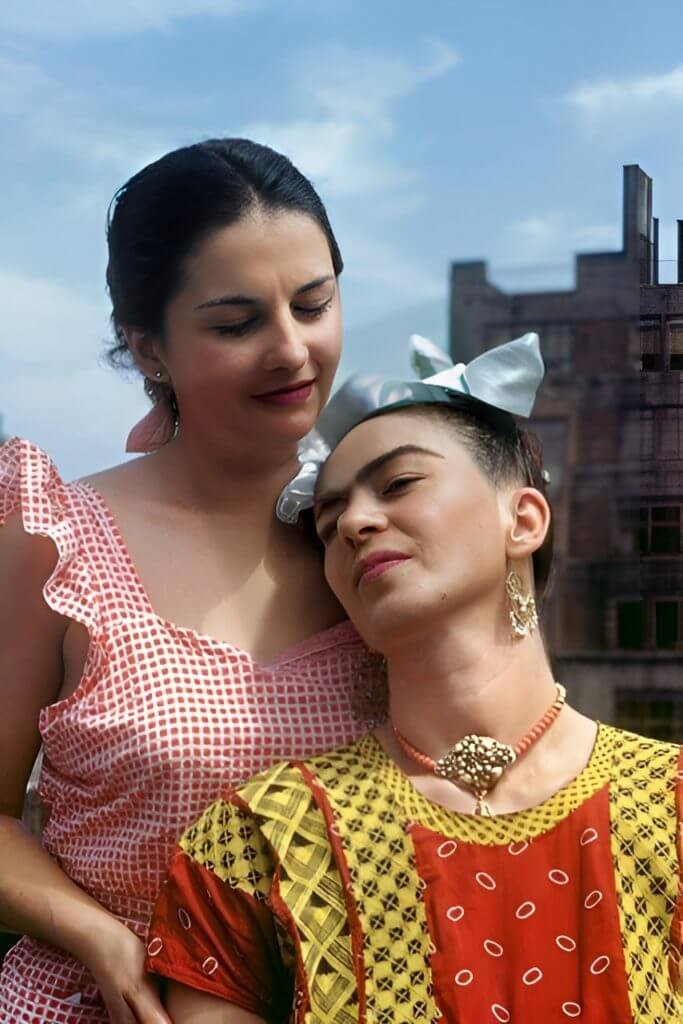
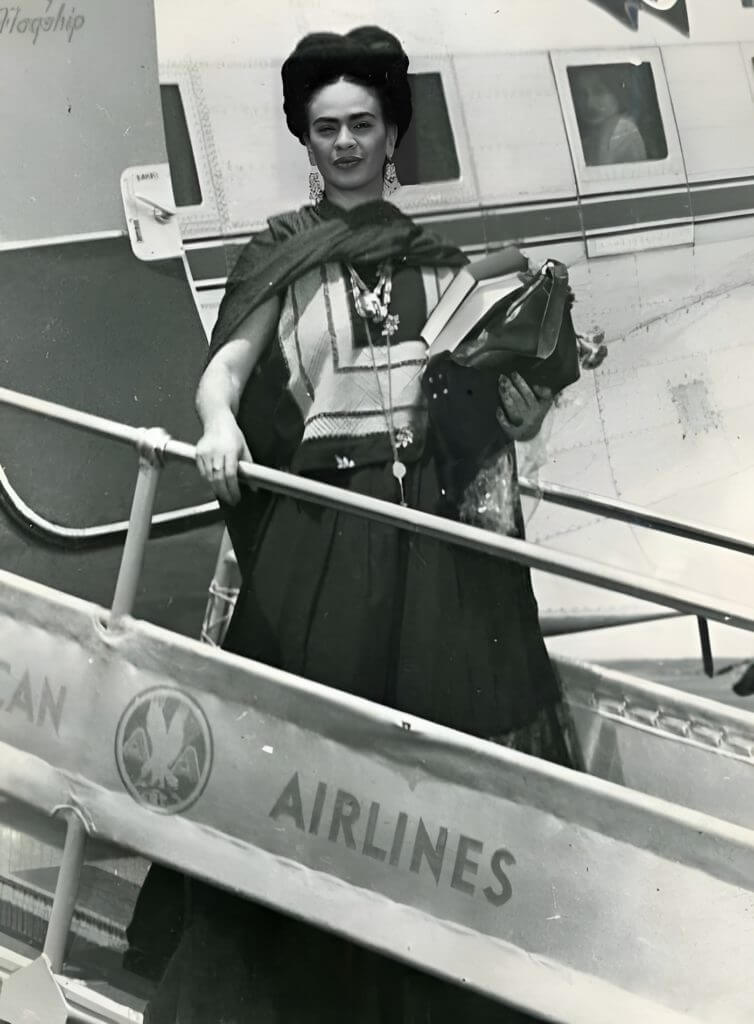
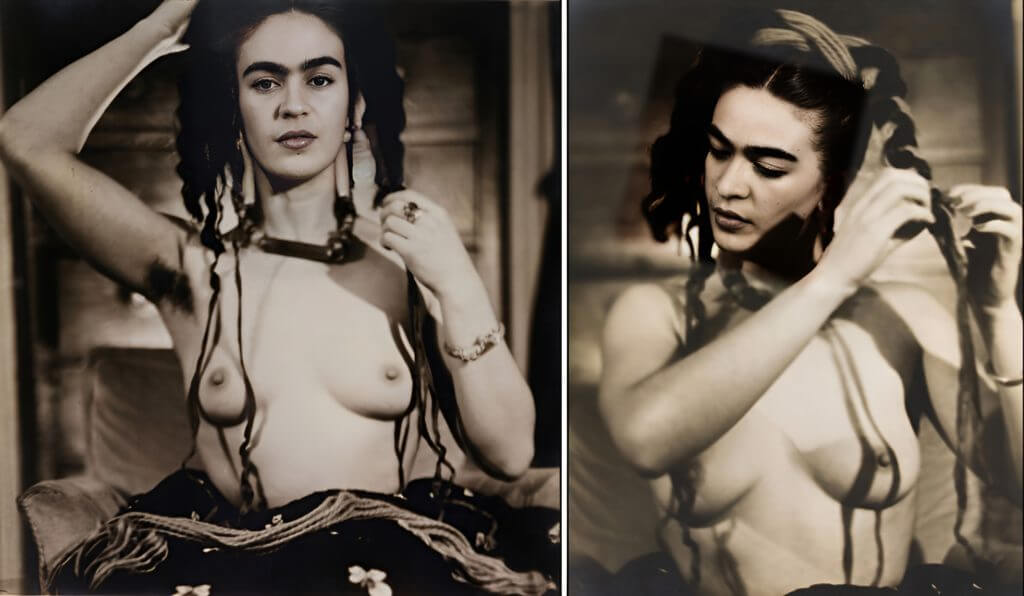
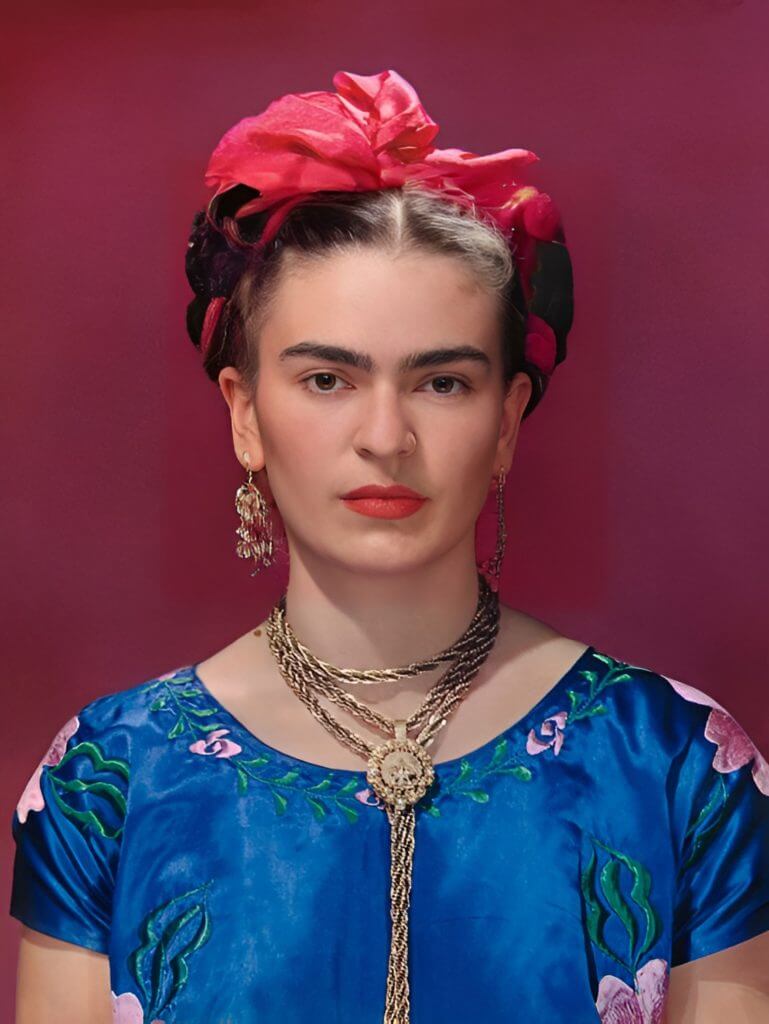
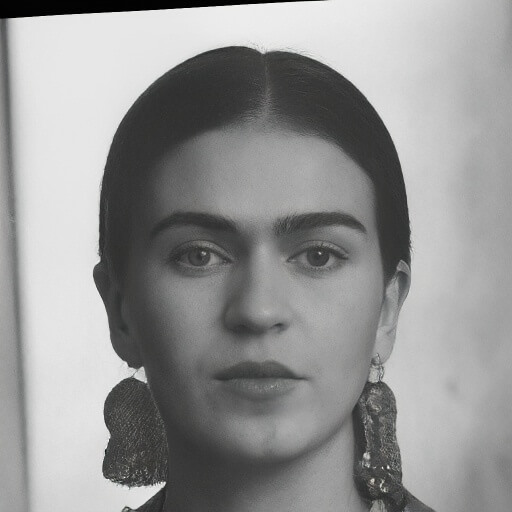
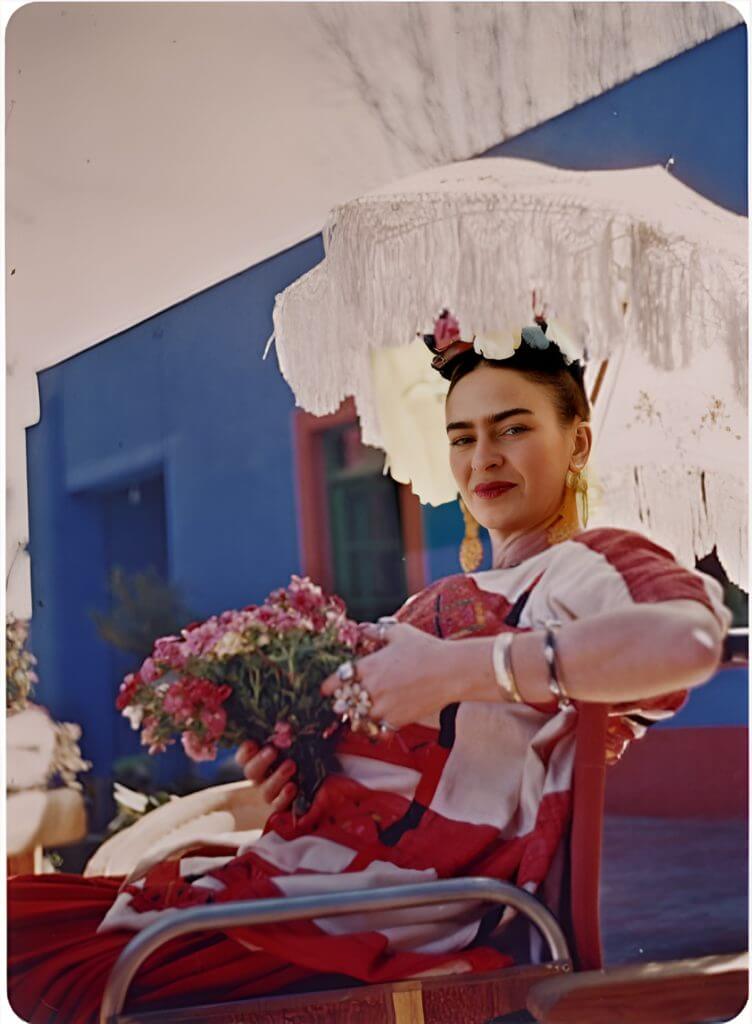
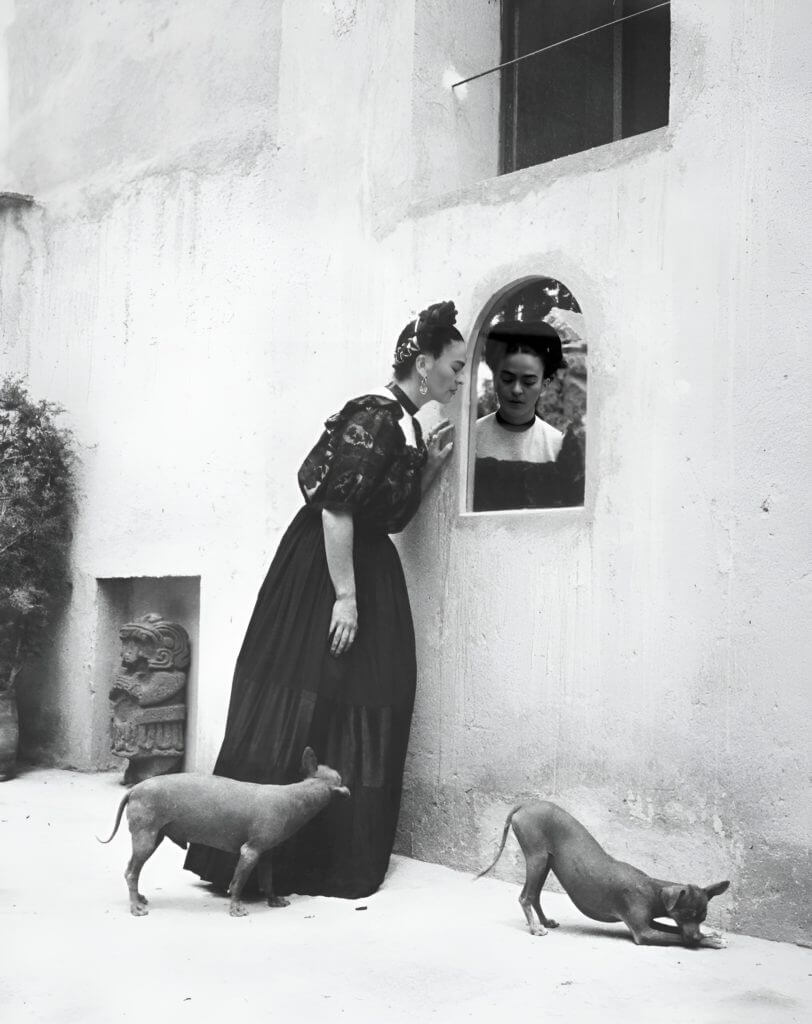
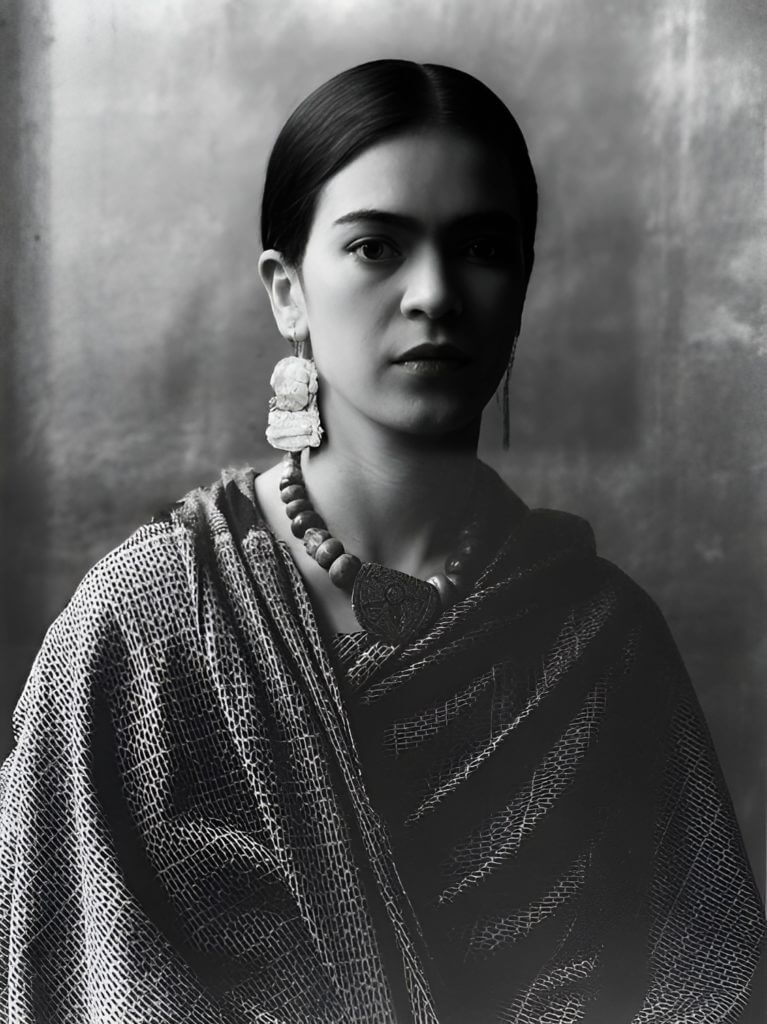
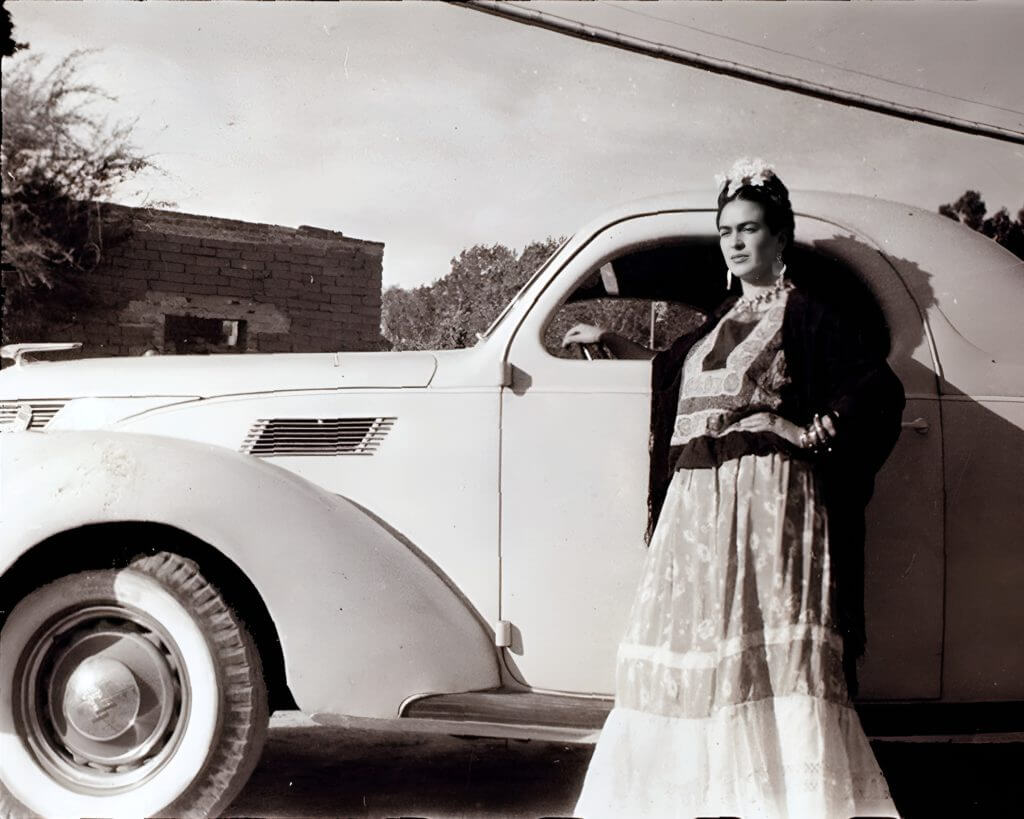
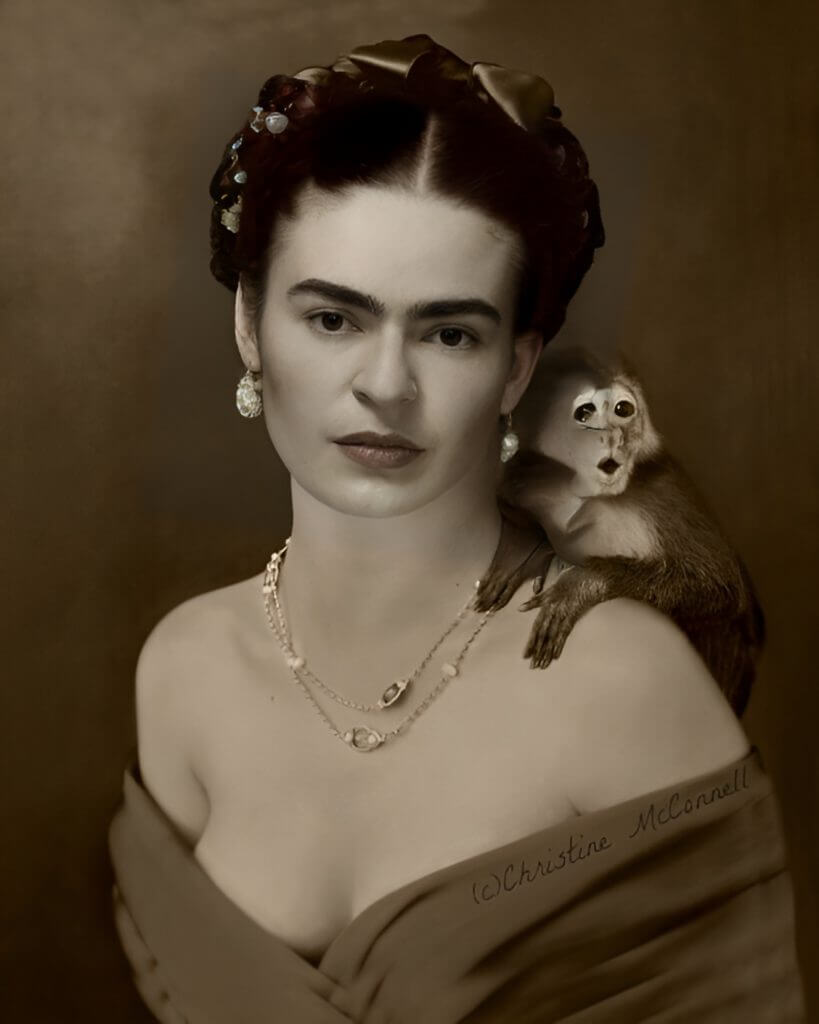
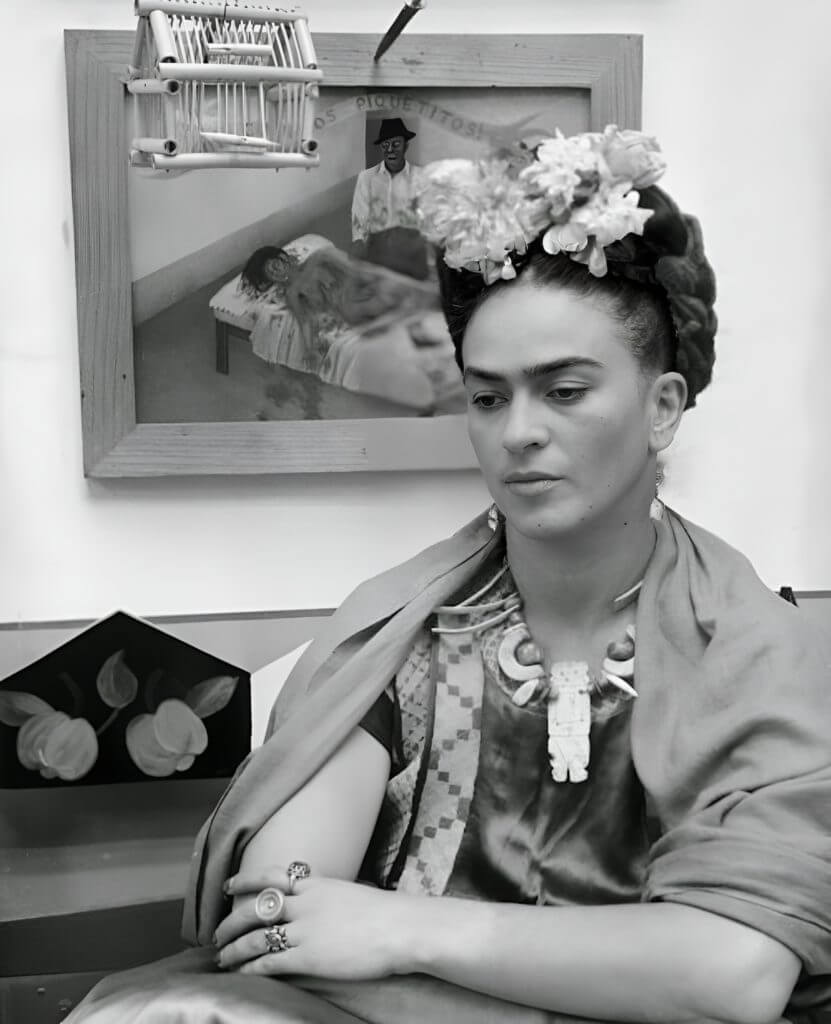
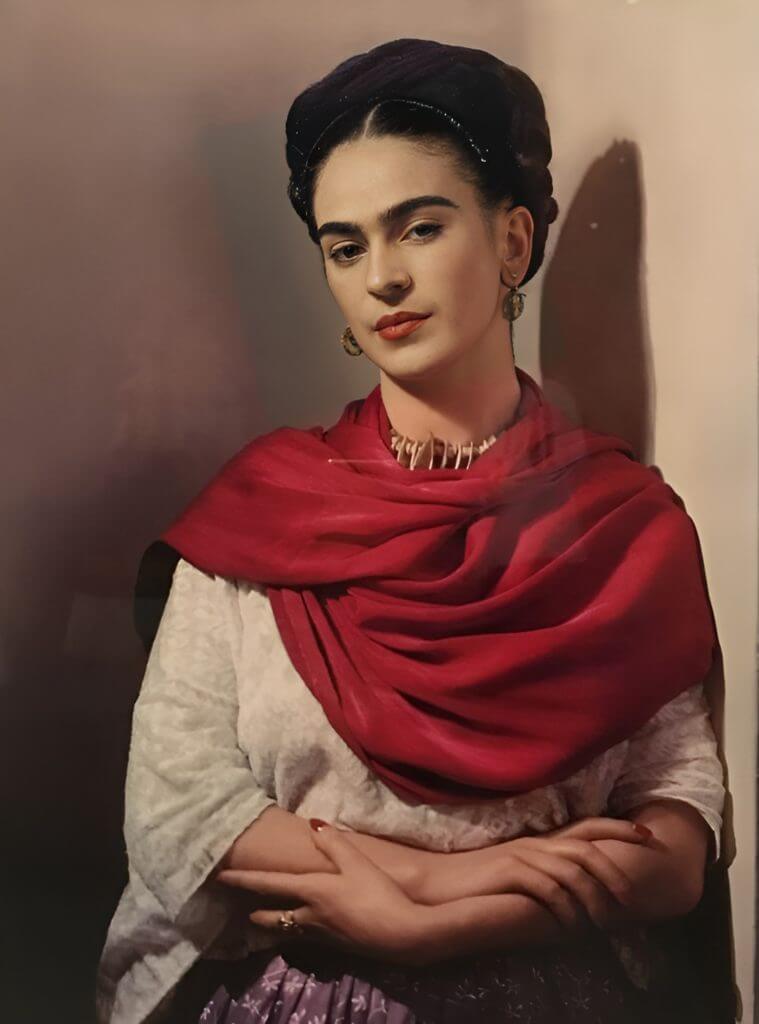
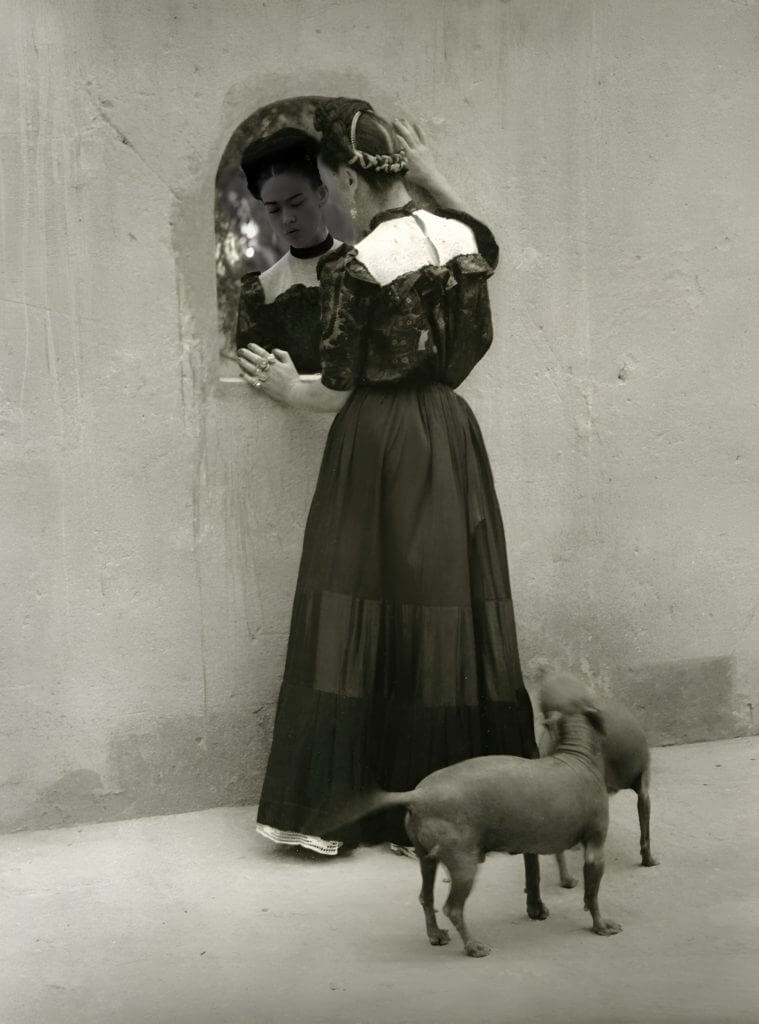
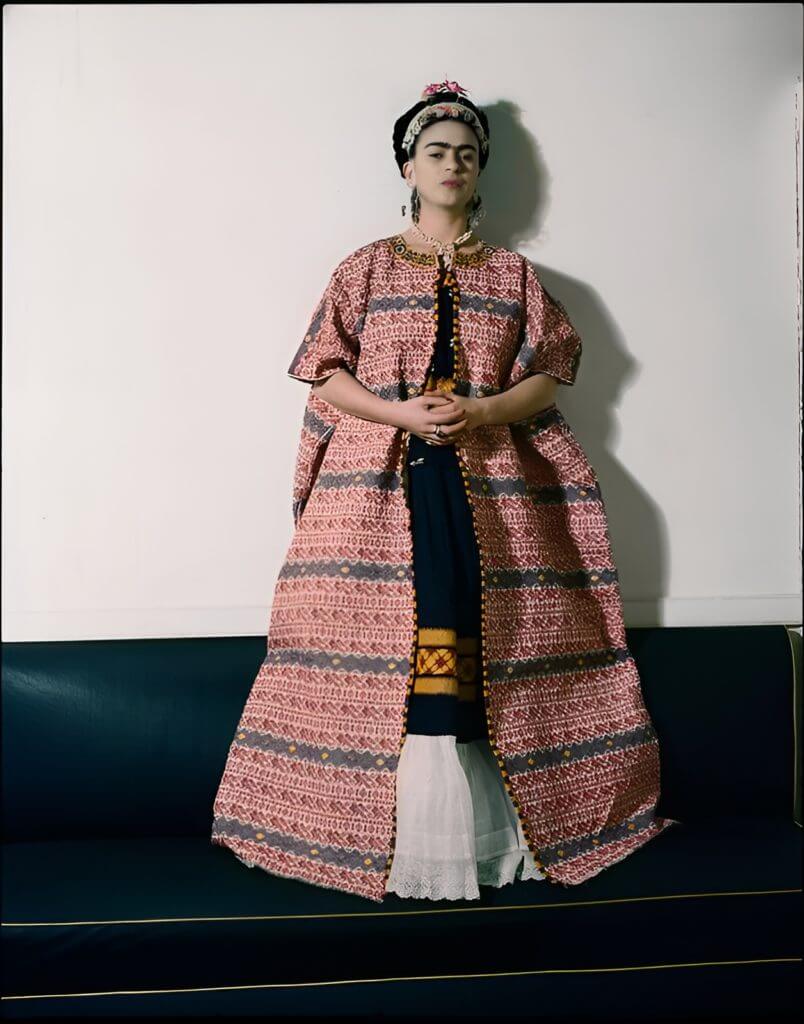
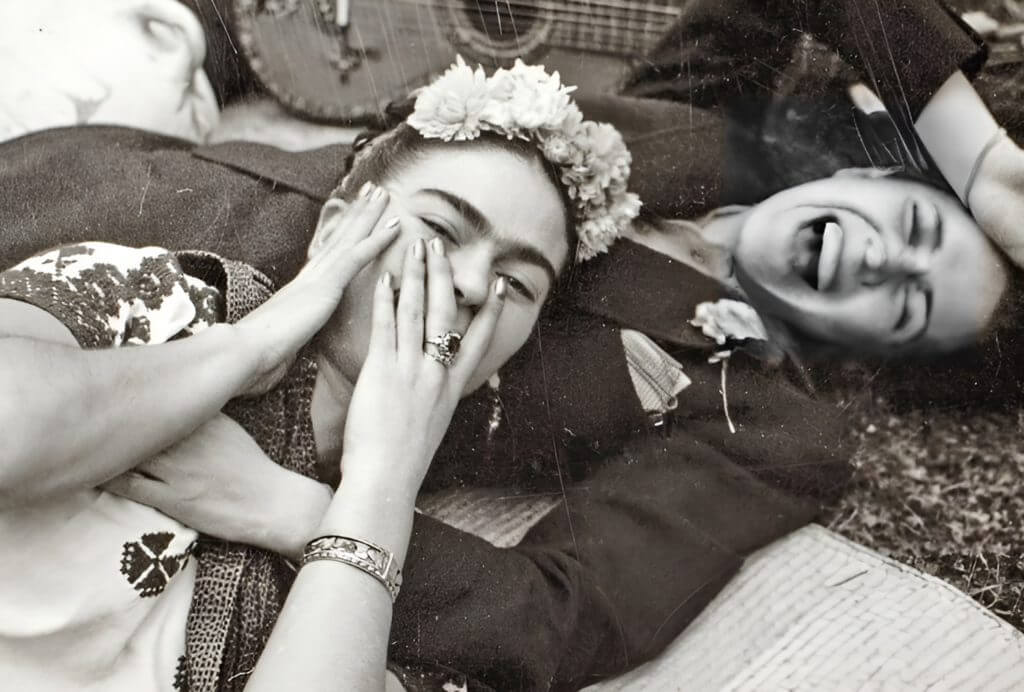
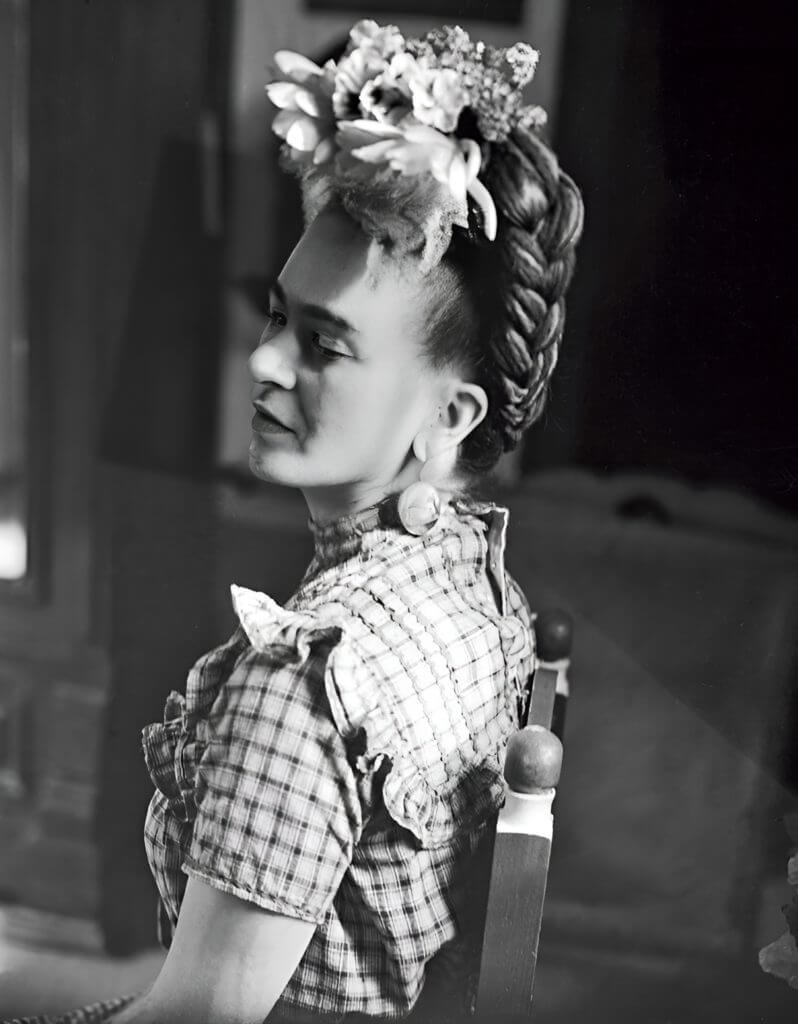
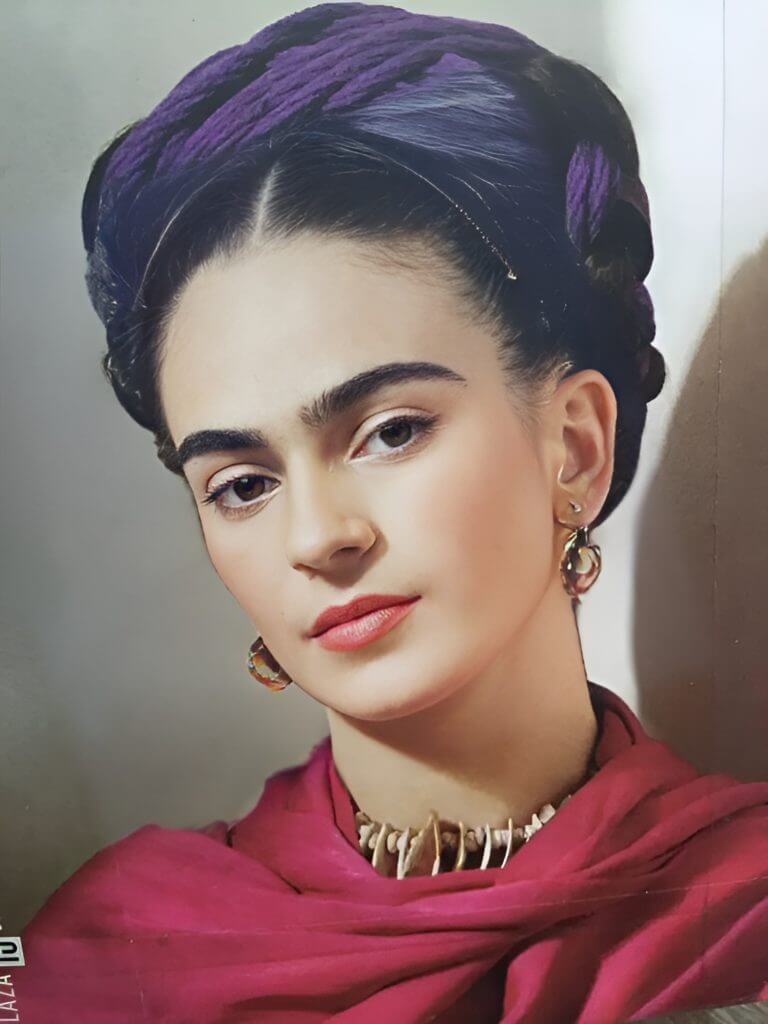
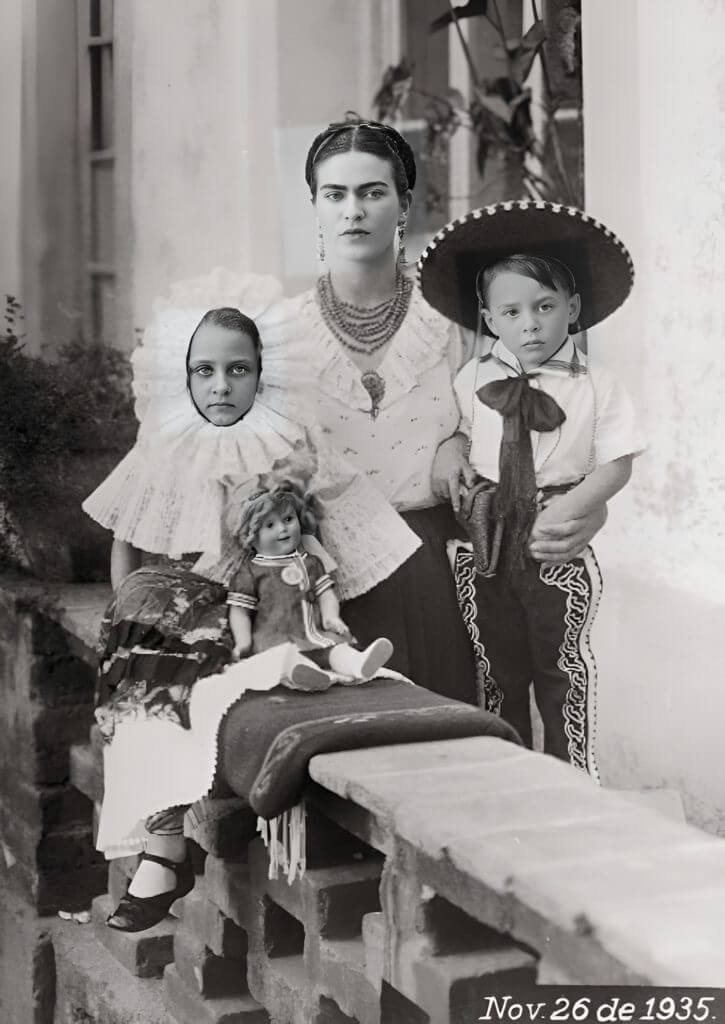
Frida Kahlo`s Family
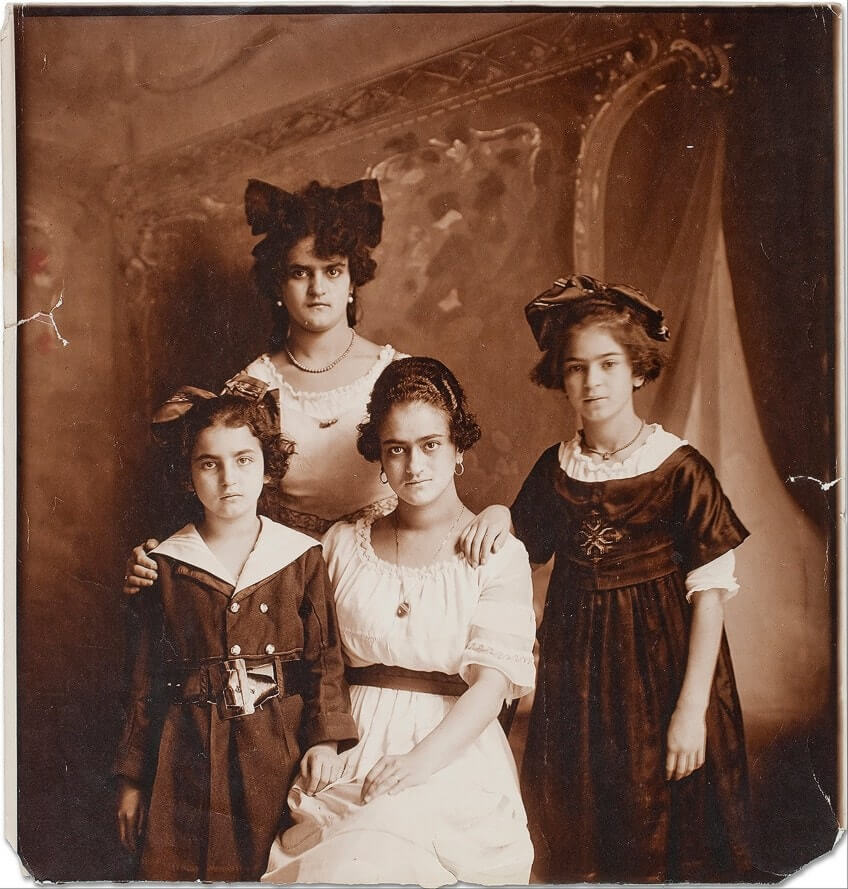
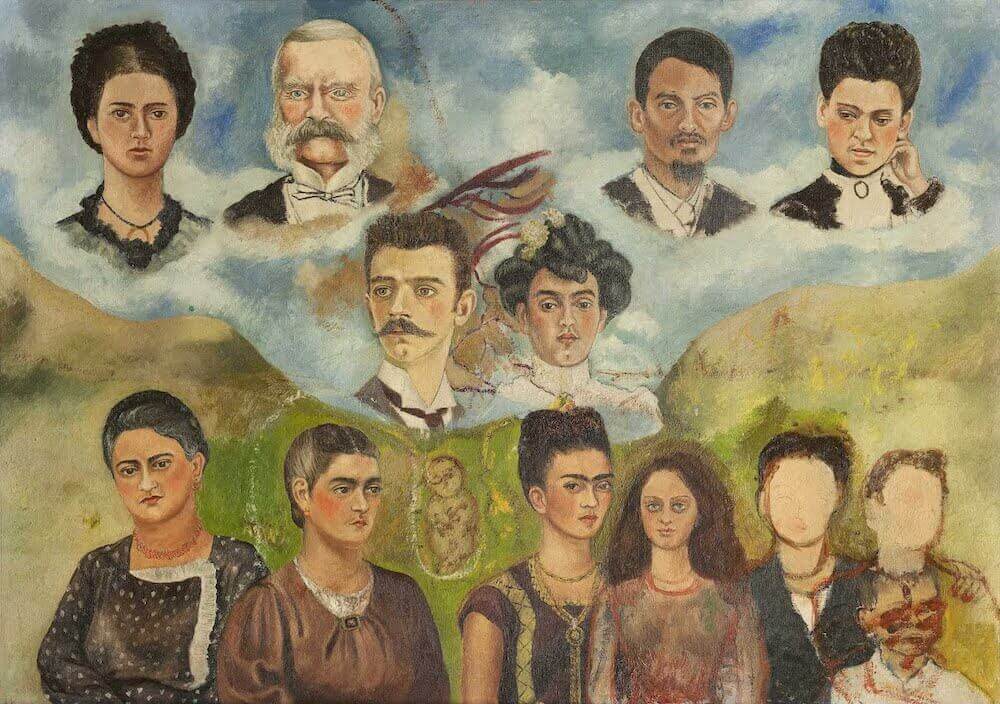
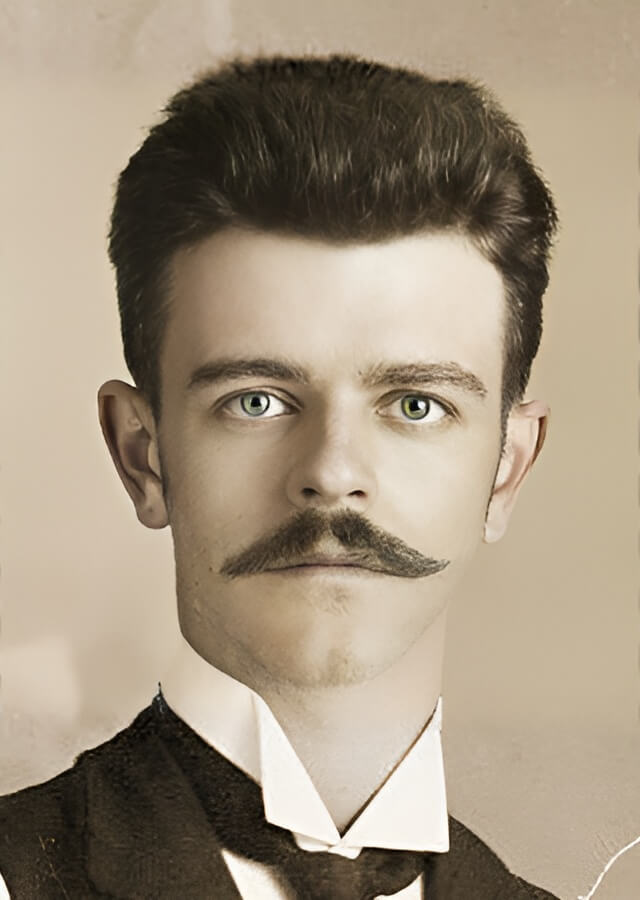
Carl Wilhelm “Carlo” Kahlo was Frida Kahlo’s father. He was a German-born photographer who emigrated to Mexico in the late 19th century. He met and married Frida’s mother, Matilde Calderon y Gonzalez, who was of Mexican descent. Together they had five children, Frida being the third.
Carlo was an amateur photographer and owned a photography studio in Mexico City. He was known for his portraits of prominent Mexican figures and his photographs of Mexico City’s rapidly growing urban landscape.
Carlo was a major influence on Frida’s life and work. As a child, Frida often accompanied her father on his photography shoots, which exposed her to the city and its people. Additionally, her father’s studio and equipment served as her first art studio and source of inspiration.
Carlo was also a key figure in Frida’s upbringing. He was a strict and disciplinarian father, but also encouraged her to pursue her artistic talents. However, he was also emotionally distant and emotionally abusive to her and her mother.
Frida’s mother, Matilde Calderon y Gonzalez, was a Mexican woman of indigenous and Spanish descent. She was a strong, independent woman who had a great influence on Frida’s life. She instilled in Frida a sense of pride in her Mexican heritage and culture. She also taught her how to cook, how to weave and how to embroider, which later influenced Frida’s paintings.
Frida had a complex relationship with her parents, particularly with her father. Despite the difficulties, she acknowledged their influence on her art and was very close to her mother.
The accident which changed her life
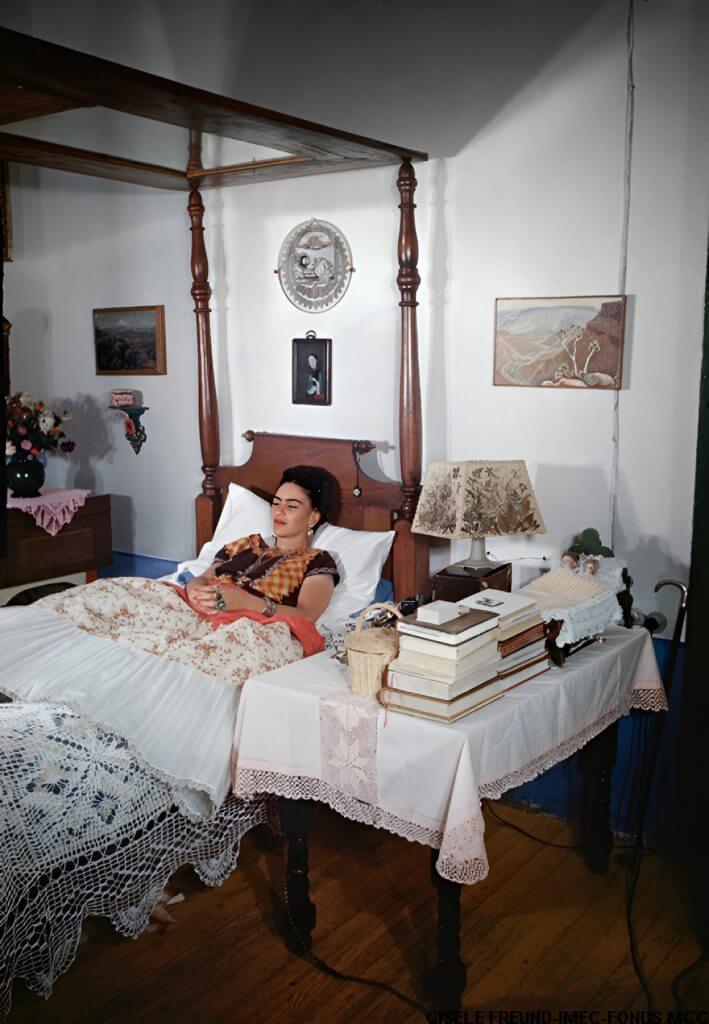
In September of 1925, Frida Kahlo was involved in a serious bus accident in Mexico City. She was riding a bus when it collided with a trolley car. The accident left her with several injuries, including a broken spinal column, a broken collarbone, broken ribs, a broken pelvis, and a broken foot. She also suffered from a fractured collarbone, a broken rib, and a broken pelvis. The accident left her in a great deal of pain, and she was in and out of hospitals for the rest of her life.
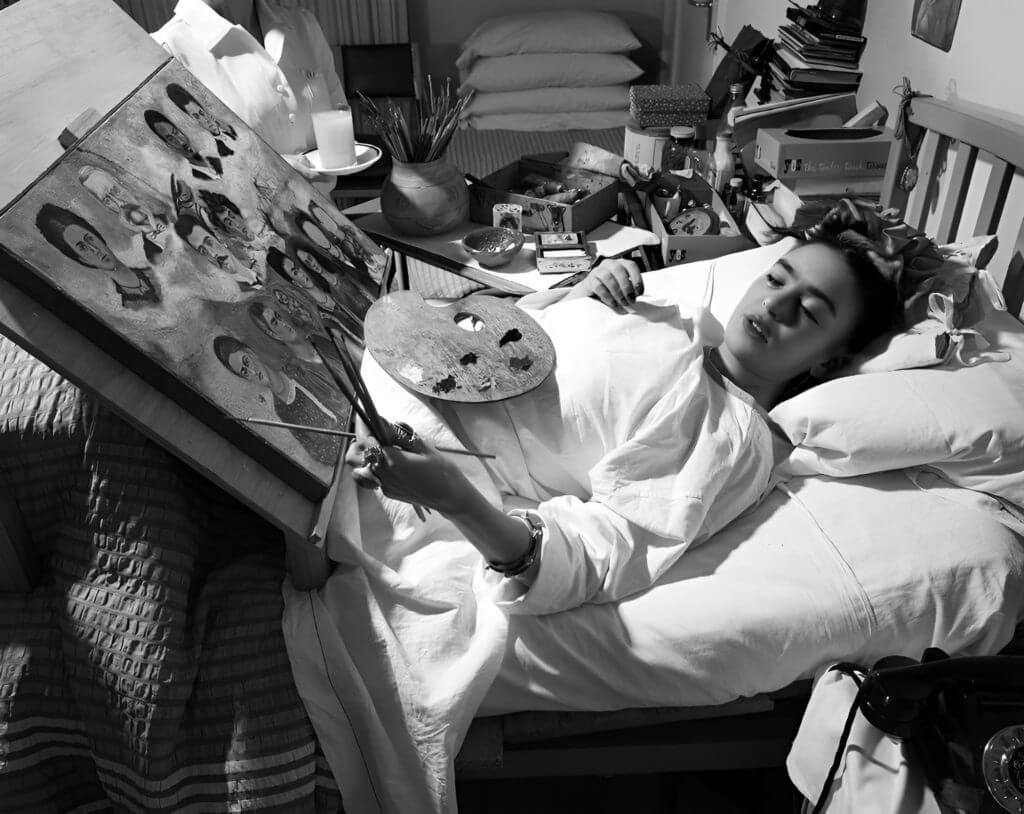
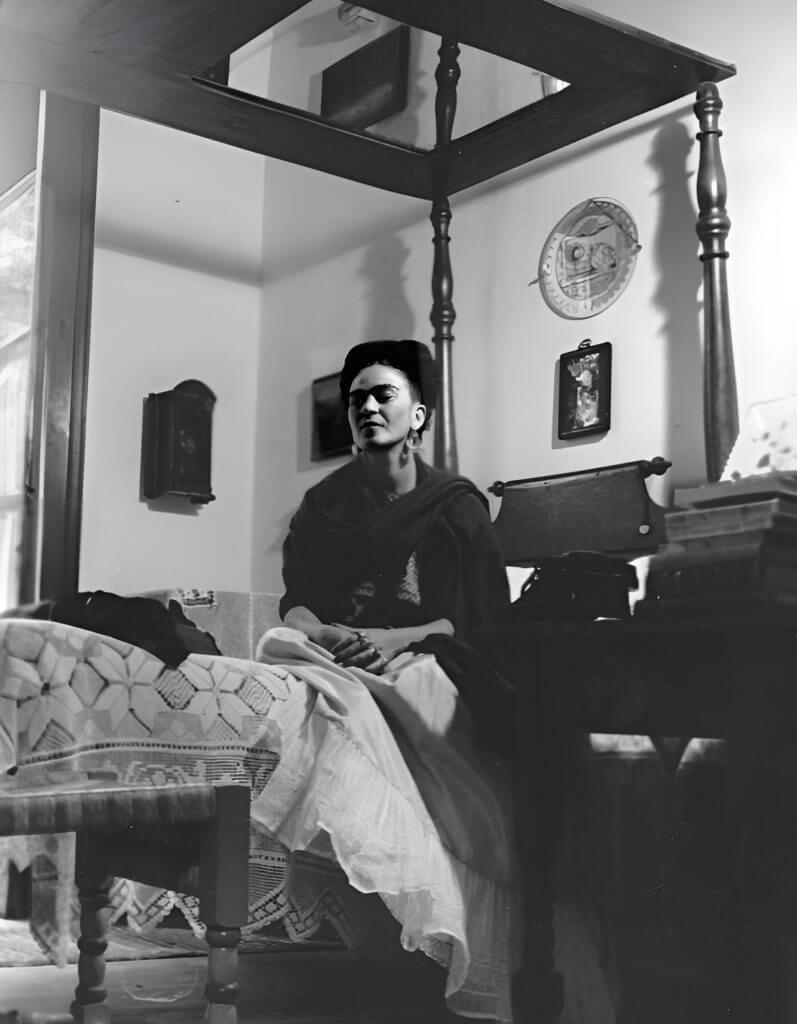
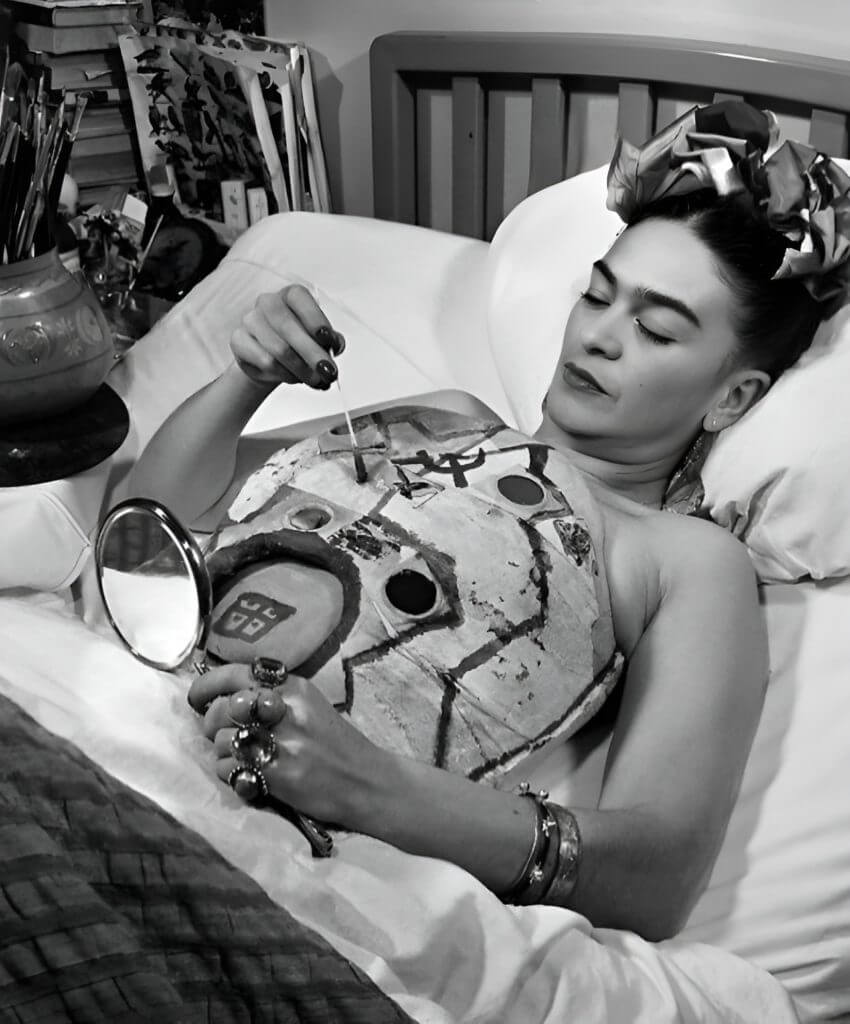
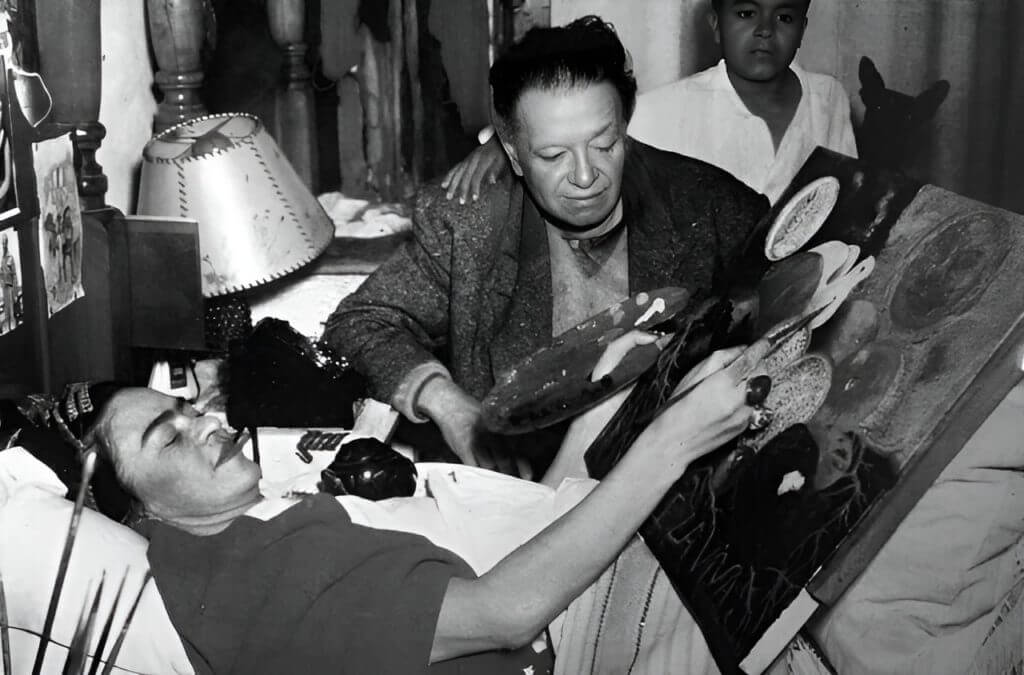
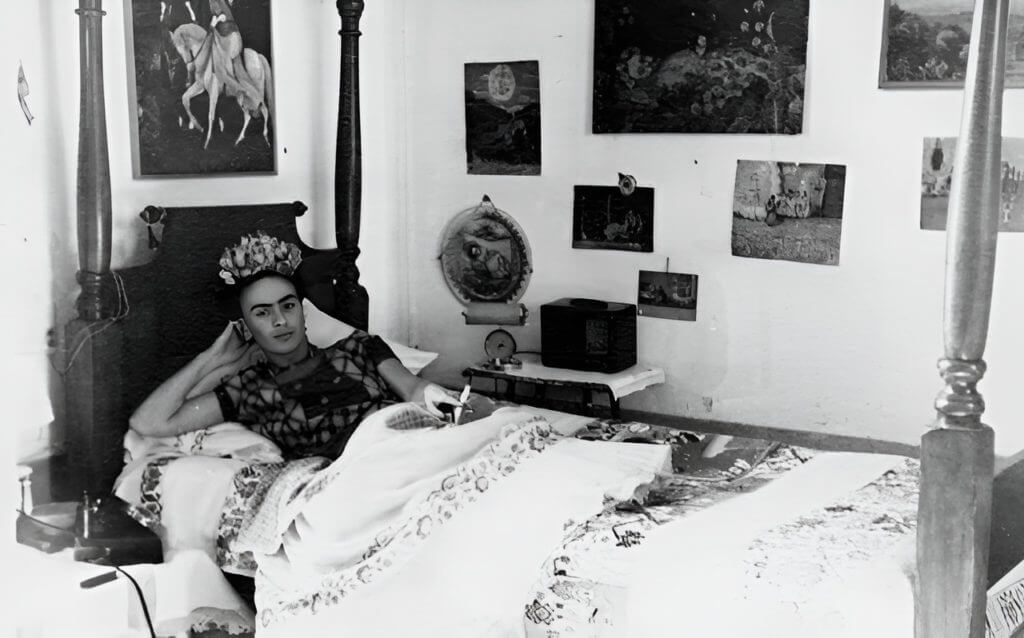
Self Portraits and her art of work
Frida Kahlo is known for her highly personal and emotive self-portraits, which often depicted the pain and suffering she experienced throughout her life. Her art is characterized by several key elements:
- Self-Portraiture: Kahlo is best known for her self-portraits, which often depict her in various states of pain and suffering. She used her own image as a way to express her innermost feelings and emotions.
- Symbolism: Kahlo’s paintings often include symbolic imagery and surreal elements that reflect the themes of her work, such as pain, suffering, and the human condition.
- Vibrant Colors: Kahlo used bold and vibrant colors in her paintings, which gave them a distinctive and striking appearance. Her use of color is often used to convey emotion and mood.
- Folk Art Style: Kahlo’s art is heavily influenced by Mexican folk art, which can be seen in her use of bright colors, bold patterns and her incorporation of traditional Mexican motifs, such as flowers and animals.
- Political and Social commentary: Kahlo’s art was also deeply political and often addressed issues such as gender, race, and class. Her paintings often reflect her political beliefs and were often used as a form of social commentary.
- Mexican identity: Frida’s art is a reflection of her Mexican heritage, she often included in her paintings Mexican traditional motifs, such as traditional dress and pre-Columbian artifacts.
- Personal Experience: Frida’s art is deeply personal, it often reflects her own experiences and emotions. Her paintings are a testament to the pain and suffering she experienced throughout her life and her ability to transform it into powerful and moving works of art.
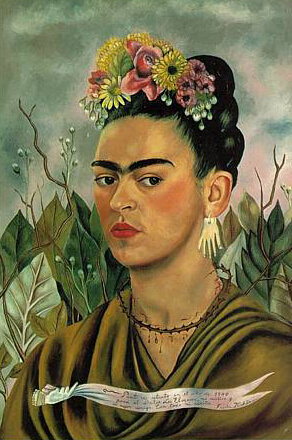
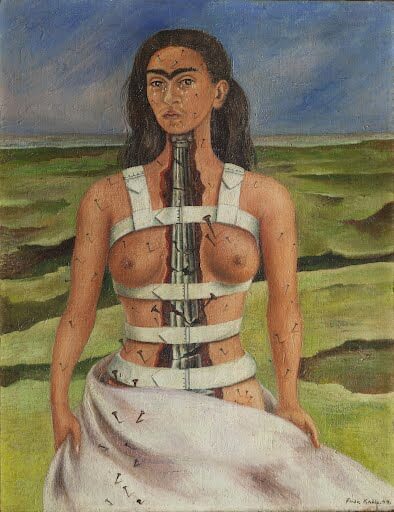
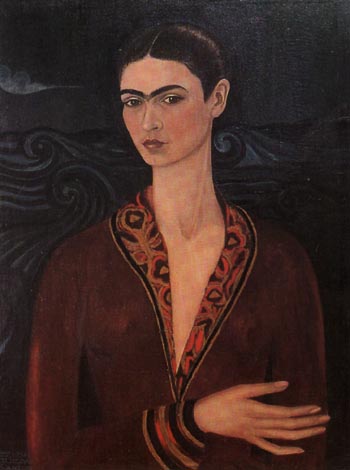
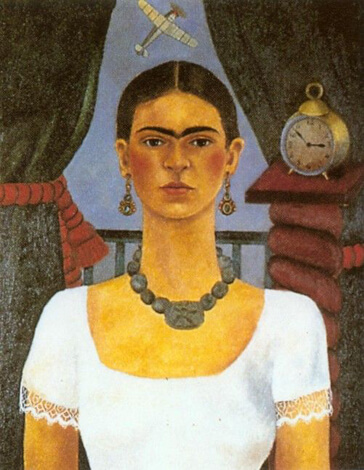
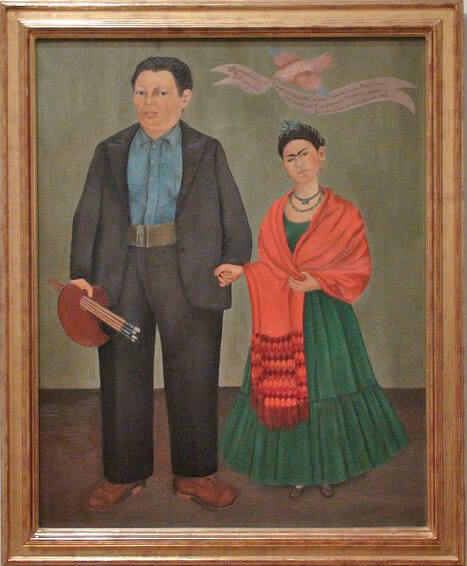
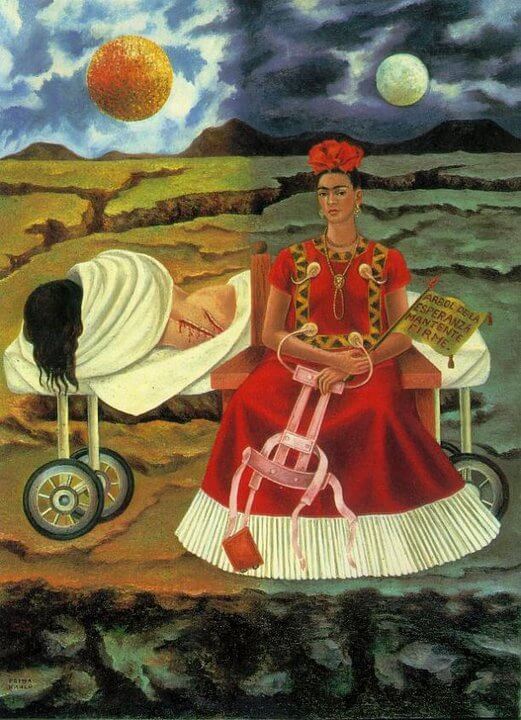
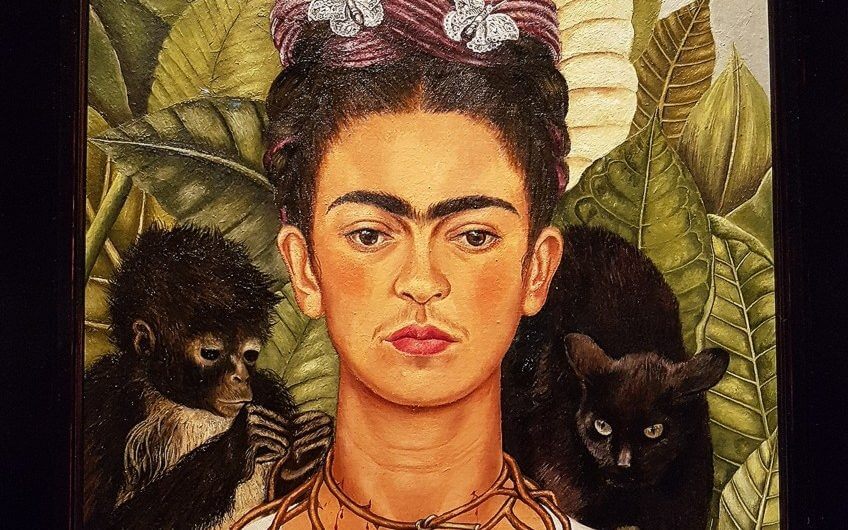
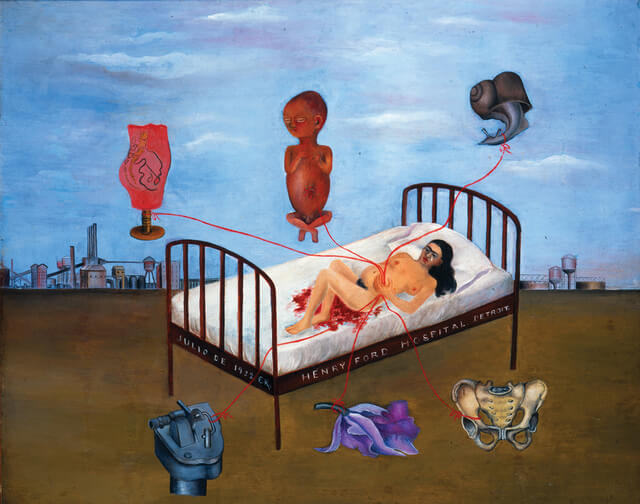
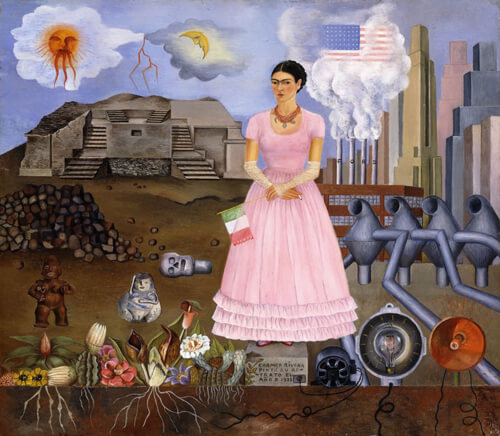
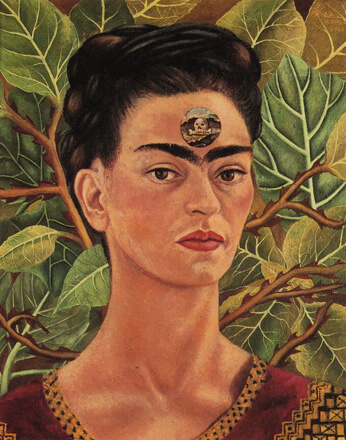
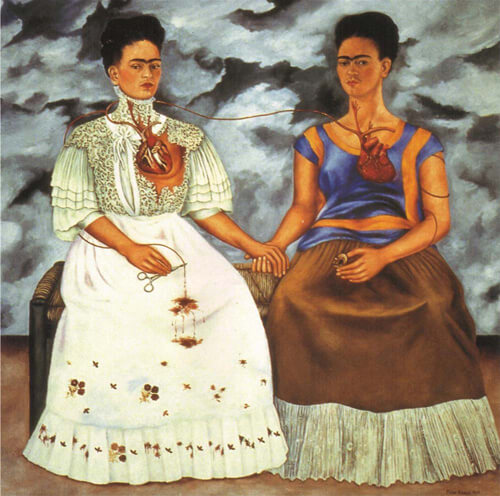
In summary, Frida Kahlo’s art is highly personal, emotive and is characterized by its use of self-portraiture, symbolism, vibrant colors, folk art style, political and social commentary, Mexican identity and the personal experience.
Frida Kahlo and her husband Diego Rivera
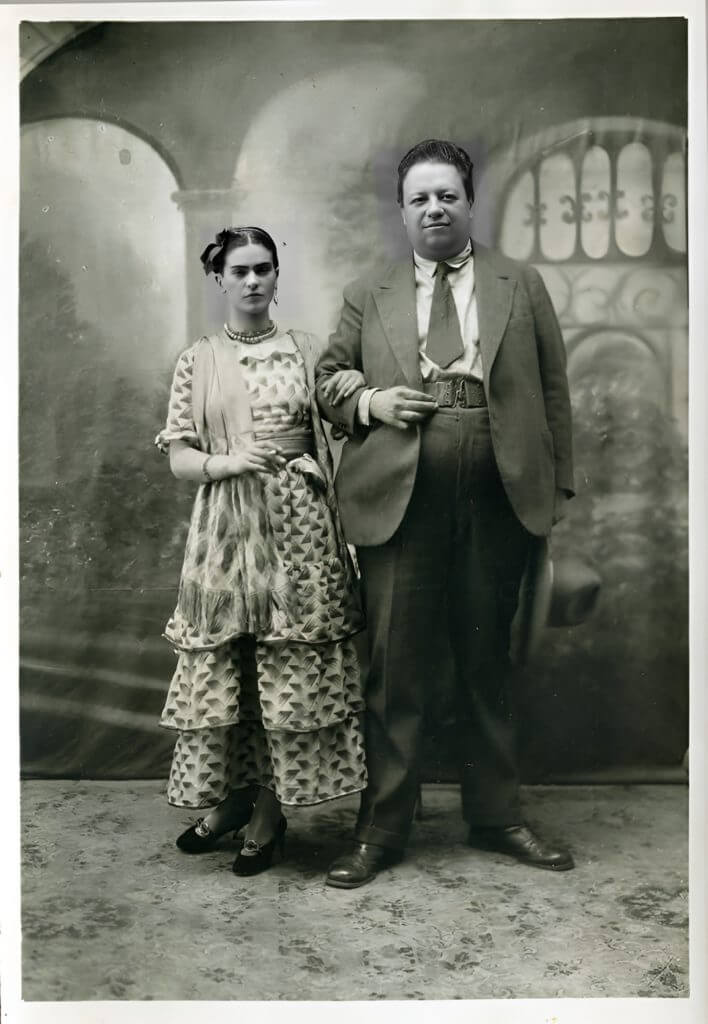
Frida Kahlo and Diego Rivera were both prominent Mexican artists and political activists who were married twice. They met in 1922 when Frida was just 15 and Diego was 37, and they were married in 1929. Their marriage was tumultuous, marked by infidelities and separations. Despite this, they remained deeply committed to each other and their art.
Diego Rivera was a prominent Mexican muralist who was one of the most influential figures in the Mexican art scene. Frida Kahlo was a painter who had not yet gained recognition at the time they met. Diego Rivera was instrumental in helping Frida to get recognition for her art and promoting her work.
Frida and Diego’s marriage was marked by infidelities and separations, but they always found their way back to each other. They were both political activists and were members of the Mexican Communist Party, which caused them to move to the United States for a period of time. They were also both promiscuous and had extramarital relationships.
Despite their tumultuous relationship, Frida and Diego remained deeply committed to each other and their art. They supported each other’s work and often painted each other’s portraits. They also shared a deep love for Mexico and its culture, which is evident in their art.
In 1939, they separated but eventually divorced in 1940. However, they remarried in 1941 and remained together until Frida’s death in 1954.
In summary, Frida Kahlo and Diego Rivera were a prominent couple in the art scene, their marriage was marked by infidelities and separations, but they always found their way back to each other. They shared a deep love for Mexico and its culture and were both political activists. Despite their tumultuous relationship, they remained deeply committed to each other and their art.
The addication of alcohol and her death
Frida Kahlo’s health was greatly affected by the accident she had when she was 18 years old, she had to undergo multiple surgeries and was in constant pain for most of her life. As a result, she turned to alcohol as a way to cope with her pain and suffering.
Throughout her life, Frida struggled with alcohol addiction, which led to a number of health problems. She was also a heavy smoker and had several health issues, including a diagnosis of cervical cancer.
In the last years of her life, Frida’s health deteriorated rapidly, and she was confined to a wheelchair. She died on July 13, 1954, at the age of 47. The official cause of her death was reported as a pulmonary embolism, but it is believed that her alcoholism and smoking contributed to her death.
Frida’s death was a great loss to the art world, and her legacy continues to inspire artists and art enthusiasts around the world. Her work has been the subject of numerous exhibitions and retrospectives, and her paintings continue to be highly sought after by collectors.
In conclusion, Frida Kahlo struggled with alcohol addiction throughout her life, which contributed to her health issues and ultimately led to her death at a young age. Despite her struggles, she was an incredibly talented and influential artist whose work continues to inspire and be celebrated today.






